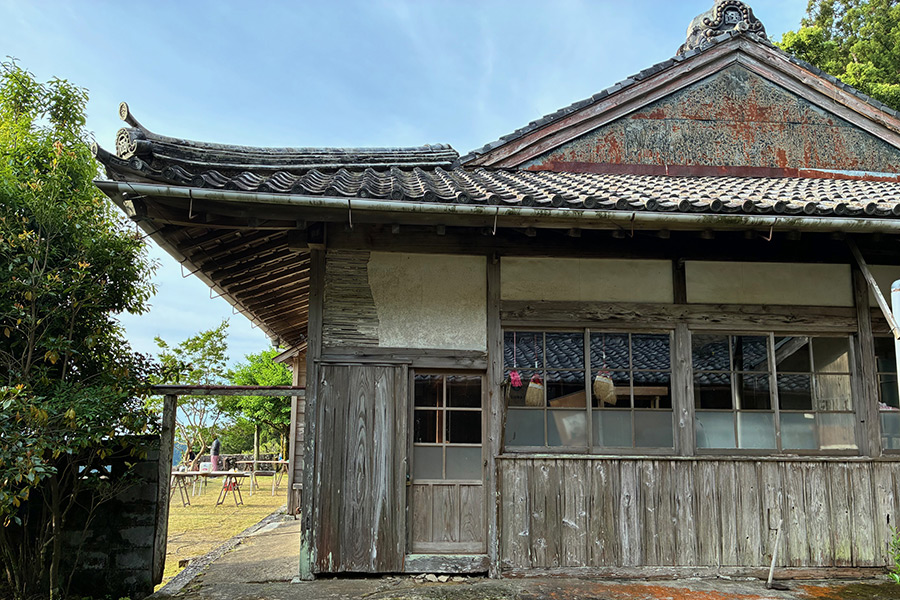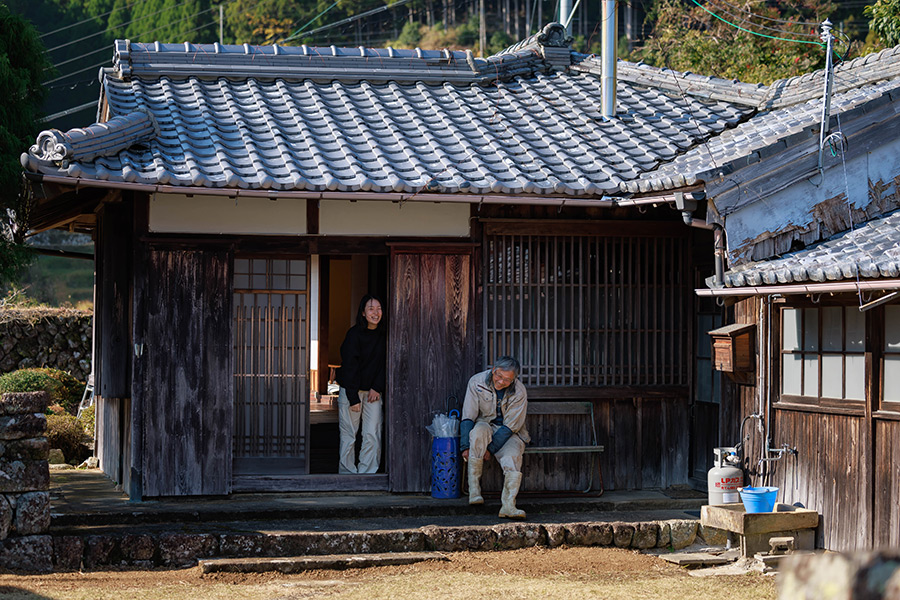Japan’s rural landscape is dotted with countless vacant houses—estimated at over nine million according to national surveys, a figure that continues to rise due to demographic shifts [1]. Among these vacant properties, a growing number are attracting attention not for their emptiness but for their hidden cultural and architectural value. Terms such as kominka and akiya have entered public discourse in recent years. While both refer to “old houses”, they represent distinct concepts and together narrate a deeper story about Japan’s past, present, and possible future.
What is a Kominka?
A kominka (古民家) is a traditional Japanese farmhouse or dwelling, typically built before World War II (often over 50 years old) and constructed with local materials and time-honored techniques [2]. Characteristic features include wooden beams, earthen or plaster walls, thatched or tiled roofs, and open-plan interiors designed to harmonize with nature. Common interior elements include tatami mat flooring, sliding shōji screens, and an irori—a sunken hearth often placed at the center of the main living space.
Originally constructed for farming families, rural merchants, or craftsmen, kominka embodies regional histories and artisanal techniques. In recent decades, these houses have been increasingly restored and repurposed as boutique guesthouses, rural cafés, or artist studios, blending historic charm with modern comforts [3].

What is an Akiya?
The term akiya (空き家) simply means “vacant house” in Japanese and applies broadly to any unoccupied residential building, regardless of age or style. While akiya can be found in urban and suburban areas, they are particularly prevalent in rural communities suffering from depopulation and an aging demographic [1][4].
To address the growing number of vacant houses, many local governments have established Akiya Banks—online databases listing abandoned or underused homes for sale, often at nominal prices, sometimes as low as ¥50,000 (approximately USD 500) or even free, provided buyers commit to renovating and residing in the area [5].
While some akiya are deteriorated postwar houses in poor condition, others include well-preserved kominka that have become vacant due to inheritance complexities or urban migration trends.
Kominka × Akiya: Cultural Treasures at Risk
Many kominka today are technically classified as akiya due to abandonment or difficulty selling, often caused by high maintenance costs, multiple heirs, outdated family registries (戸籍), and the broader inaka mondai (田舎問題) of depopulated rural areas. These factors make transfer and renovation challenging. Without proper care, these structures deteriorate rapidly and face demolition, resulting in a loss of tangible cultural heritage [2].
Yet, for those prepared to invest time and resources, restoring a kominka offers unique access to Japan’s architectural legacy and rural way of life. Renovation typically requires expert craftsmanship, adherence to local regulations, and substantial funding. However, for many, the rewards include a profound sense of place and the chance to contribute to local revitalization efforts [4].

Why Foreigners Are Increasingly Interested
In recent years, an increasing number of foreign residents and investors have expressed interest in acquiring kominka and akiya. Motivations include:
- Affordability: Prices are significantly lower than urban properties [5].
- Cultural immersion: Living in a kominka provides an authentic experience of traditional Japanese life.
- Community engagement: Some owners transform these properties into retreat centers, eco-villages, or guesthouses, fostering local connections.
- Environmental sustainability: Renovating existing structures aligns with sustainable living practices and reduces construction waste.
Nevertheless, prospective buyers should be aware of legal, structural, and zoning challenges, and should consult local experts to navigate Japan’s unique property laws and renovation requirements.
Conclusion
Kominka and akiya are more than abandoned buildings; they are symbols of Japan’s evolving social and cultural landscape. As rural regions seek revitalization and global citizens pursue alternative, meaningful lifestyles, these hidden homes may serve as bridges between heritage and contemporary living. Whether you are a visitor, a cultural enthusiast, or an aspiring homeowner, the world of kominka and akiya invites you to rediscover Japan from a new perspective.
References
[1] Ryall, J. (2024, May 1). Akiya houses: Why Japan has nine million empty homes. The Guardian.[2] Harris, D. (2018). The charm of the old Japanese house: Kominka and its revival. The Japan Times.
[3] Kerr, A. (2002). Dogs and demons: Tales from the dark side of Japan. New York: Hill and Wang.
[4] Sorensen, A. (2016). Planning in Japan: Urban growth and regional development. London: Routledge.
[5] Reynolds, I. (2021). Japan’s empty homes: Akiya banks and the challenge of depopulation. Nippon.com.